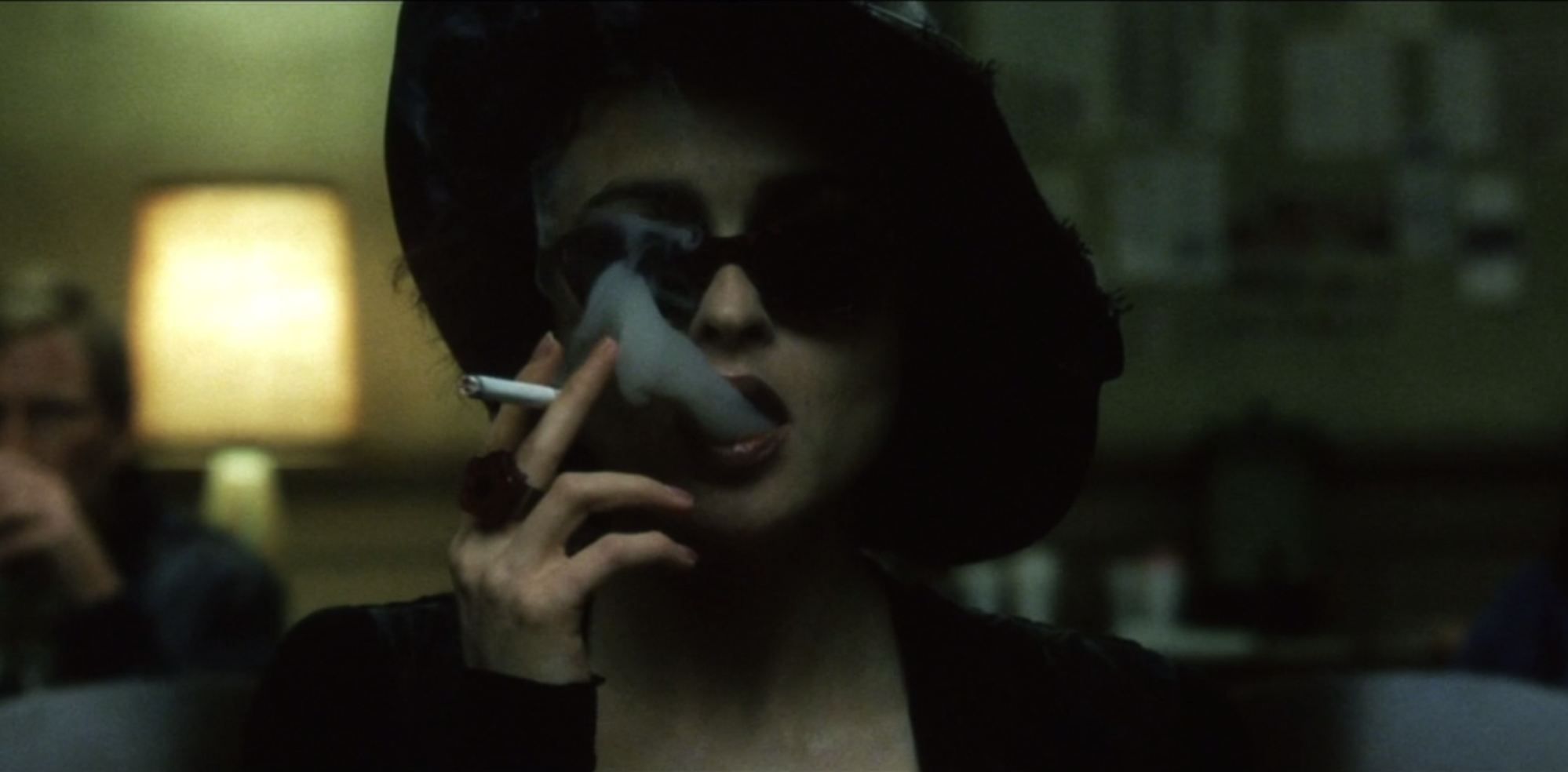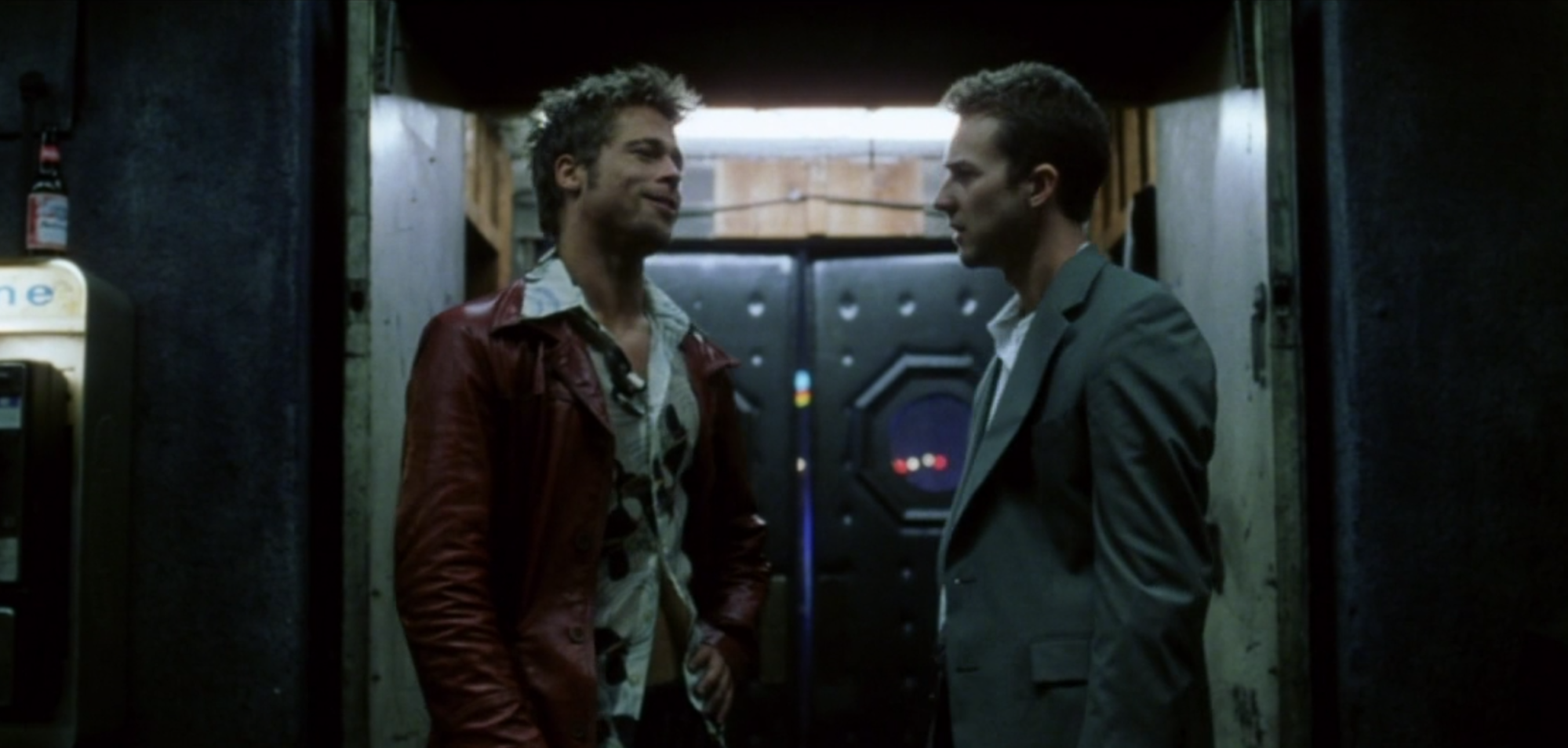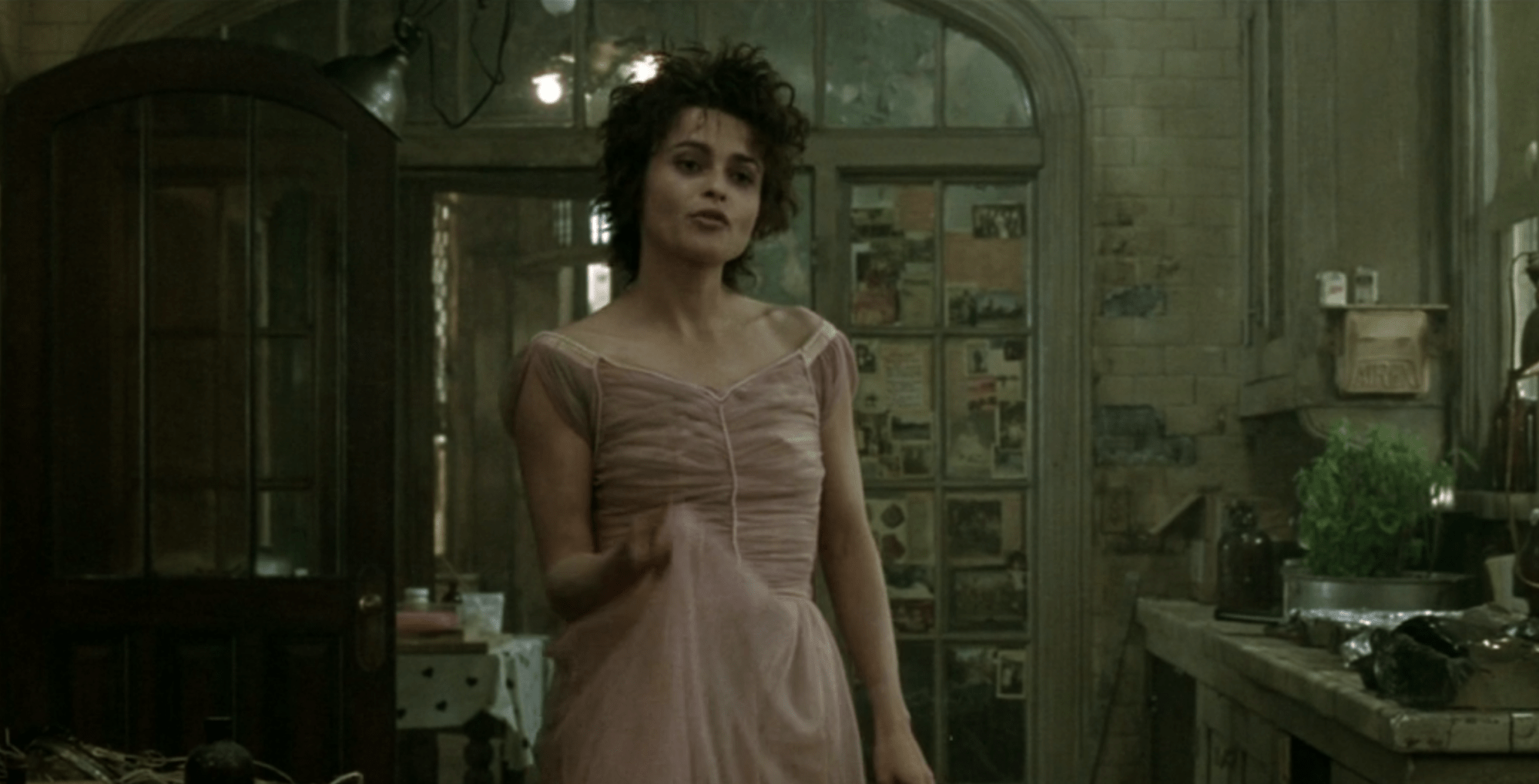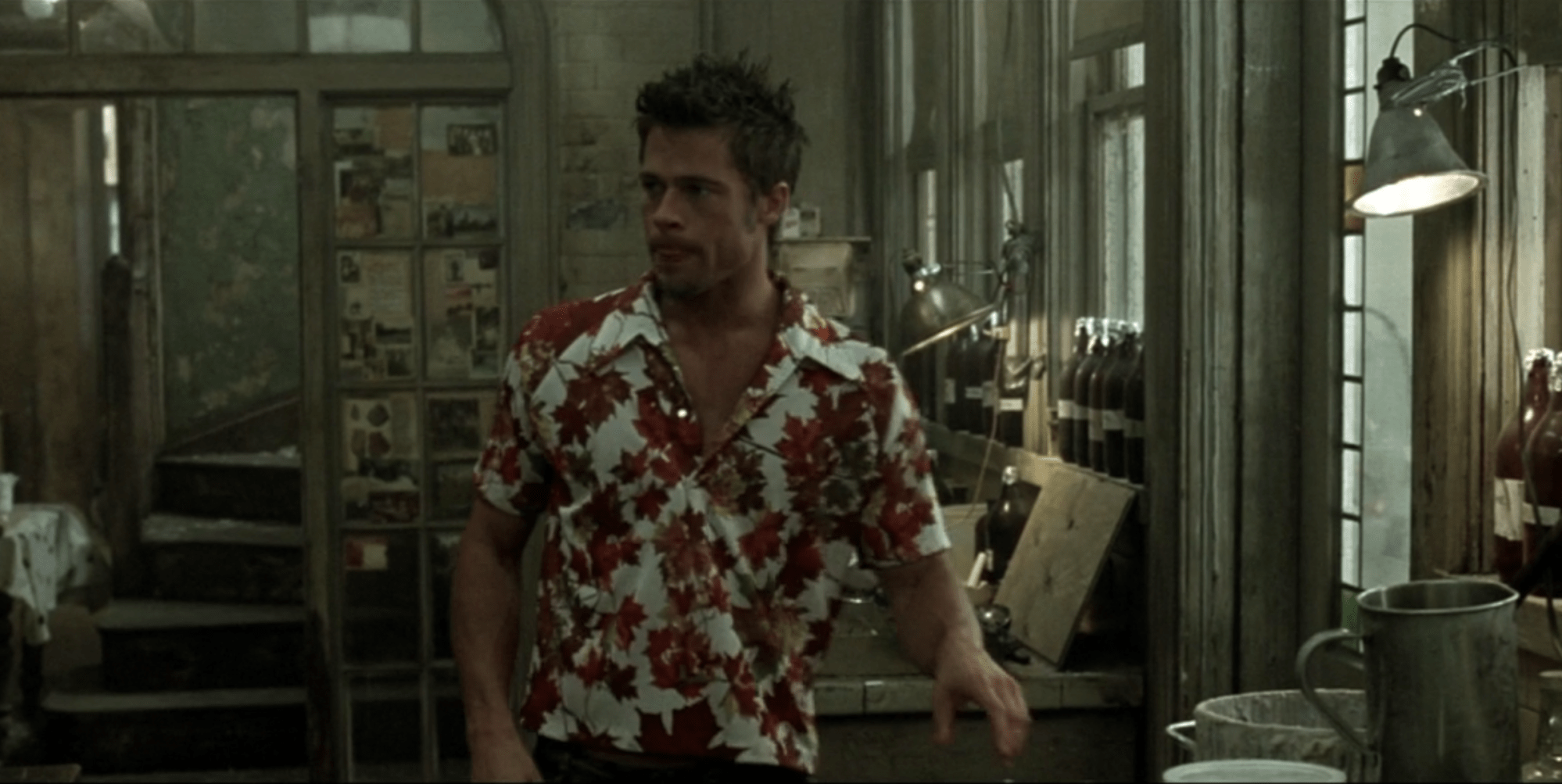Twenty years ago, Fight Club was released, and with it, a flurry of controversy. Based off of the Chuck Palahniuk novel of the same name, The New York Times called it “the defining cult movie of our time.” Directed by David Fincher, it was a sexy, edgy, and brutally violent meditation on the alienation of consumerism, seen through the lens of hypermasculinity. Roger Ebert even described it as “macho porn.” It may still generate debate two decades later, but thematically and stylistically, the allure of Fight Club cannot be denied.
Edward Norton had just garnered acclaim for his role as a reformed neo-Nazi in American History X, when he starred in the film as the mysterious character known only as the Narrator. He’s a zombie office worker suffering from chronic insomnia. After his doctor refuses to give him sleep medication, he finds solace in attending support groups, not because he’s suffering from testicular cancer or blood parasites like the afflicted people he meets, but because they act as a sort of release that cures him of his sleepless nights.
That is, until fellow “tourist” Marla Singer, played by Helena Bonham Carter, starts encroaching on his territory and screws up his well-planned system. But then he meets soap-peddler and anti-consumerist Tyler Durden, played by Brad Pitt, who was soon trading his support meetings for bloodied nights in a basement fight club and adopting a new lifestyle that subsequently leads to literal mayhem in the form of an anarchist army.

While some modern critics find the movie to be a symbolic foreshadowing for various occurrences of the past decade, from the financial crisis to the rise of far-right groups, Fight Club had an impact on young men at the time of its inception, especially when it came to replicating the concept of the underground fight club. Adam Driver even admitted to starting his own as a teenager. It may not have made history at the box office, but it certainly resonated with its audience.
This copycatting extends to the fashion seen in the film. Tyler’s look was quintessential bad-boy garb, albeit a little quirky and out of the ordinary. Yes, there’s the signature leather jacket, but instead of the typical black, it’s crimson red. Michael Kaplan, the film’s costume designer, who was also the genius behind the looks seen in the original Blade Runner and the newer Star Wars films, had an interesting reason for his choice of red for Tyler’s outerwear. As he explained to the Independent, he wanted it to be the “color of dried blood,” which went in theme with the film’s depiction of violence. Tyler also needed to be sartorially set apart from the Narrator’s ordinary uniform of plain slacks and button-down work shirts.
Kaplan kept in mind that Tyler didn’t have money and was essentially squatting in his home. “I decided he was going to be a person who gets great things in thrift shops, because I do that and I know they can be found,” he said. But since key characters require multiples of their wardrobe, Kaplan built the jackets, using a stiff leather material from 1970s. “We designed it and fashioned it after the way clothes were made then but it looked like it was from a thrift shop—we broke some buttons, tore the lining and put stains on it to make it look like something somebody wouldn’t want anymore,” he explained.

Tyler’s confidence as a societal outlier plays to his penchant for unique textures and garish graphics. He wears a long furry coat, Hawaiian shirts, a tank top printed with smut magazine covers (which Kaplan said “caused a stir with the studio’s censor”), and a cropped tee decorated with maple leaves. All things that the Narrator would never have the gall to wear. Even Tyler’s house robe was something of rebellious statement: a lavender chenille lady’s robe embroidered with coffee cups. Yet, Tyler’s clothes are still coveted enough today that you can find replicas of almost all of them with a quick Google search. (You can also purchase the same exact coffee cup bathrobe for about $200.)
If Tyler Durden did indeed inspire men of the late 90s to seek out red leather jackets and postal pants, it isn’t too surprising, considering that every girl I know wanted to look like Marla Singer. When we are first introduced to Marla, it’s almost as if she materializes from a cloud of cigarette smoke. In a furry black jacket, she looks like a macabre Muppet; a manic pixie dream girl for the goth set. She was the ultimate cool girl of the era. But Kaplan didn’t think she had a high, or low, opinion of herself. “I do not believe Marla thinks she is cool (or uncool),” he said in an interview with Clothes on Film. “I don’t think she’s that self aware. She is determined and in a strange way, a survivor.”

Bonham Carter, who had trouble figuring out her character at first, had asked Kaplan for guidance, and he told her, “Think Judy Garland, for the millennium.” This is referenced during the scene where Marla attempts to overdose on Xanax; she wears a blue sequin dress, which, Kaplan said was a tribute to the legendary singer.
In contrary to Tyler’s bright wardrobe, Kaplan made sure to dress Marla in dark hues. Her look was curated from a variety of sources, including thrift shops and vintage stores, with nothing brand-new, aside from a Rick Owens jacket. In one scene, Marla tells the Narrator the history behind the dress she’s wearing: a tattered, pink, discarded bridesmaid’s gown she got at a thrift store for one dollar. “It’s a bridesmaid’s dress,” she says in the scene. “Someone loved it intensely for one day, then tossed it, like a Christmas tree. So special. Then, bam, it’s on the side of the road.”
I must admit, watching this movie again sparked my desire for a Marla Singer-like, furry winter coat, and I can’t help but think about Tyler Durden’s rant. “We are consumers. We’re the by-products of a lifestyle obsession,” Brad Pitt’s voice echoes in my head as I quietly click “add to cart.”

